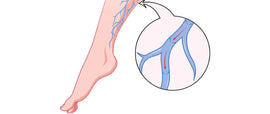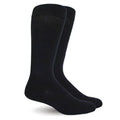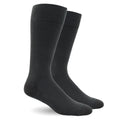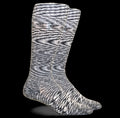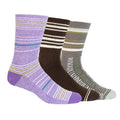Plantar Fasciitis - Causes & Treatments
Posted by KELSEA FRANZKE
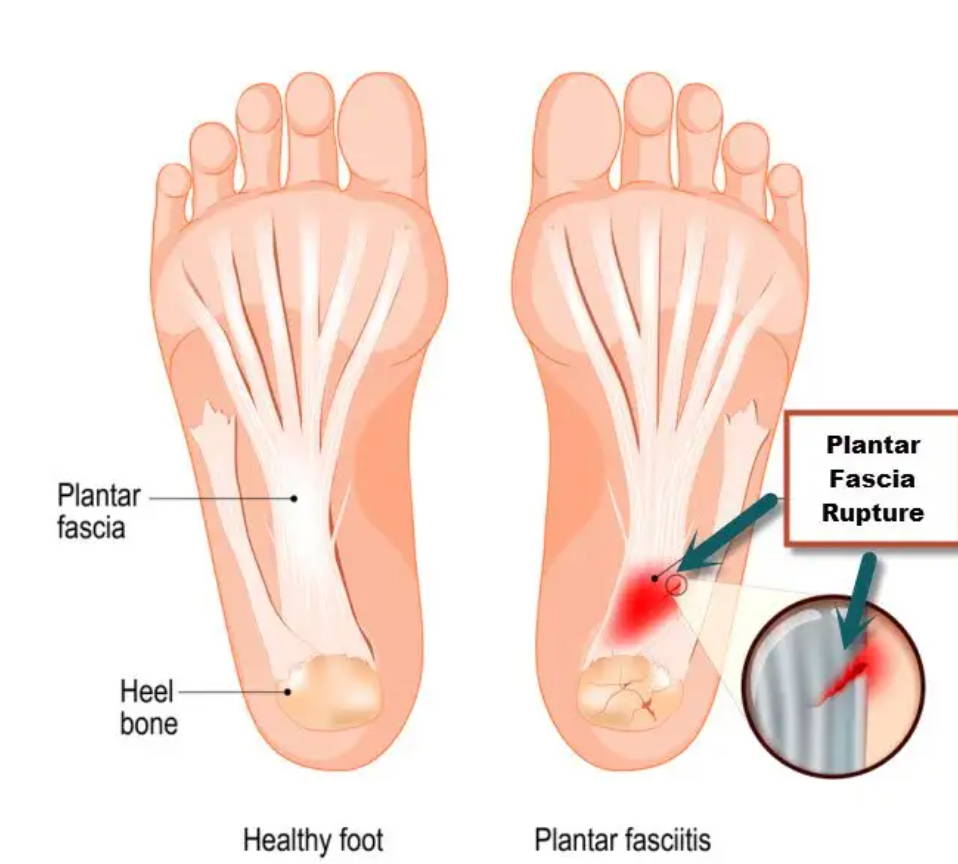
Plantar Fasciitis is one of the most common causes of heel pain and is extremely common for runners. It involves inflammation along the thick band of tissue that runs across the base of your foot and connects to the heel bone and to your toes. Keep reading to learn all about what causes Plantar Fasciitis and how it can be treated.
WHAT IS PLANTAR FASCIITIS
Plantar Fasciitis typically causes a stabbing pain along the bottom of the foot near the heel due to inflammation along the tissue running along the base of the foot known as the Plantar Fascia.
The Plantar Fascia is shaped like a bowstring and supports the arch of the foot, absorbing shock when you walk or run. If tension and stress on the Plantar Fascia becomes too much it can result in small tears. Stretching and tearing overtime can irritate or inflame the Plantar Fascia, resulting in pain and inflammation.
WHAT CAUSES PLANTAR FASCIITIS
Plantar Fasciitis often develops without an obvious cause, but there are some risk factors that can lead to the development of the condition including:
1. Exercise – Certain types of exercise that place excess stress on the heel and attached tissue can contribute to the onset of Plantar Fasciitis. These sorts of exercises include aerobic dance, long-distance running and ballet.
2. Age – Because Plantar Fasciitis develops over time, it typically doesn’t result in people until ages 40 to 60.
3. Being on your feet all day – Occupations that require standing or walking for long periods of time such as nursing or construction work can result in damaging the Plantar Fascia.
4. The mechanics of your foot – High arches and flat feet impact the way weight is distributed when you stand or walk. This can put added stress on the Plantar Fascia, resulting in Plantar Fasciitis.
5. Obesity – Excess weight can put extra stress on the Plantar Fascia.
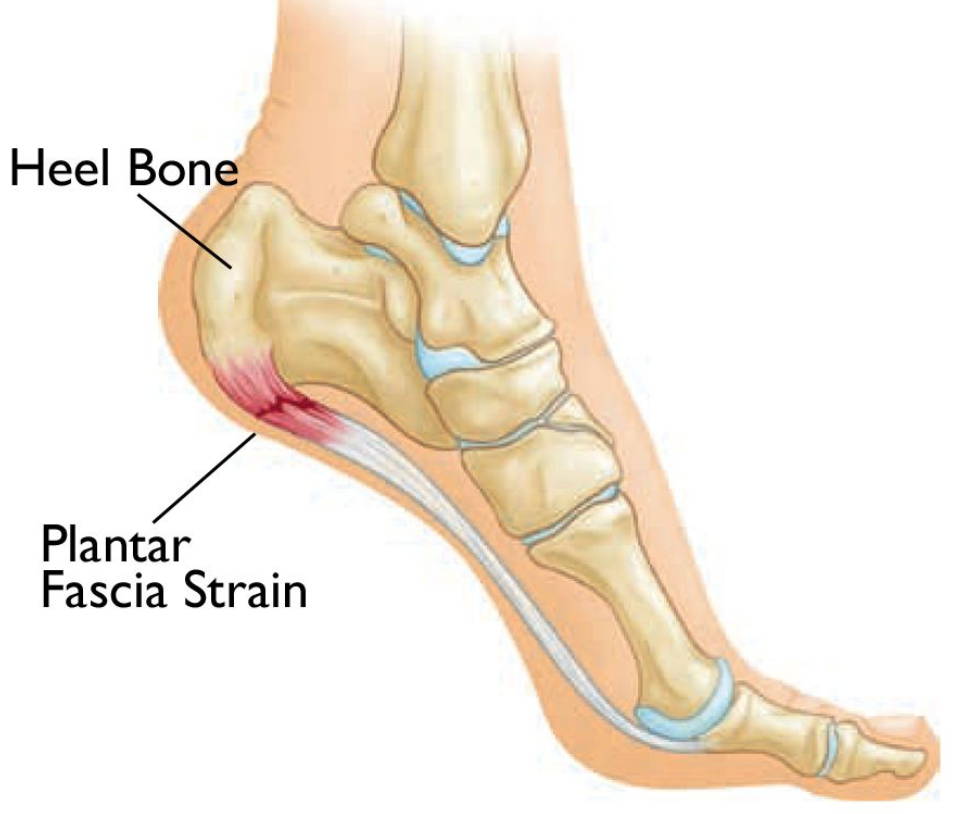
HOW TO TREAT PLANTAR FASCIITIS
The majority of people who experience Plantar Fasciitis recover in a few months’ time with rest and treatments varying from medications, therapies or other procedures. Treatment for Plantar Fasciitis can include:
o Rest – Because Plantar Fasciitis results from irritation to the Plantar Fascia, the best thing you can do is stay off your feet and rest. Ice the area when painful and regularly stretch to keep your affected foot and ankle mobile and limber.
o Wear night splints – For more serious cases of Plantar Fasciitis, your doctor may recommend that you wear a splint that stretches the arch of your foot and the calf while you sleep. The splint holds the Plantar Fascia in a lengthened position to promote stretching.
o Wear Compression Socks – Compression therapy works by putting consistent pressure on your feet and legs. For those with Plantar Fasciitis, steady pressure on the soles of your feet and calves from Compression Socks can decrease inflammation and reduce plain by improving blood flow and reducing swelling. Check out our blog here to learn more about Compression Therapy and the benefits of Compression Socks.
o Wear orthotics and shoes with good arch support – Orthotics and shoes providing arch support can help distribute the pressure to your feet more evenly.
If more conservative treatments do not work, doctors may recommend injecting steroid medication into the tender area of the foot to provide temporary pain relief, or surgery for those experiencing severe pain.
TAGS:
SHARE:















